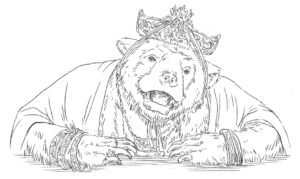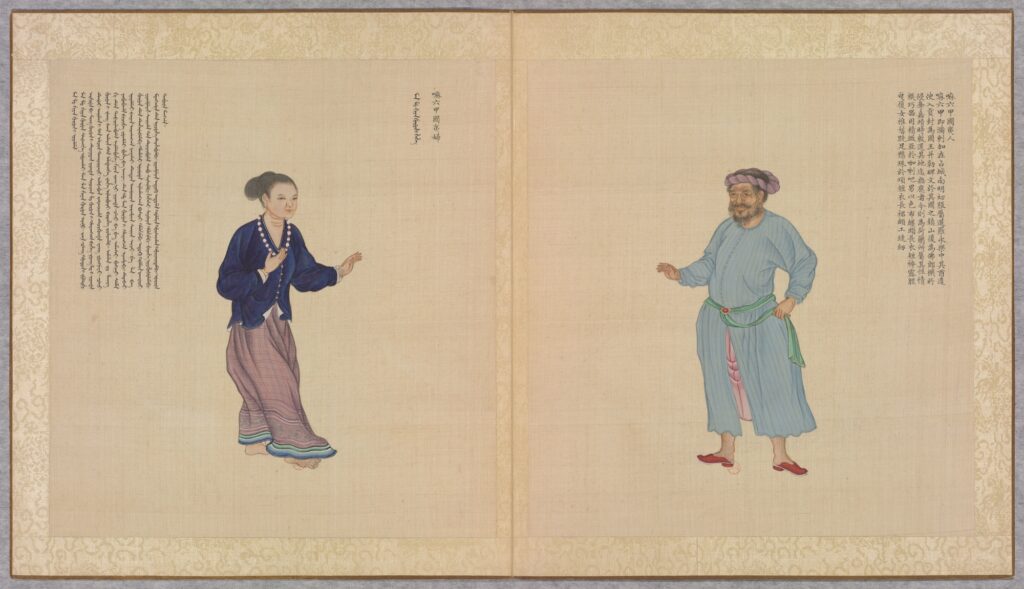
Huang Qing Zhi Gong Tu or Qing Imperial Illustrations of Tributary Peoples is a 18th century work by the Qing Dynasty, it is a collection of descriptive and ethnological studies/notes on tributary states (and beyond) as well as the different ethnic groups within Qing’s administration.
Most historical illustrations of Southeast Asia are by Europeans, and that frequently meant the illustrations are done through the lens of a colonizer, often exoticizing or marginalizing the subjects.
Which is why the existence of this is soooo cool (I literally cried in joy when I found this), though it is no less imperialistic (and all lens are subjective anyway), it offers another way of seeing historical Southeast Asia and the people then.
Here are the Southeast Asian entries:
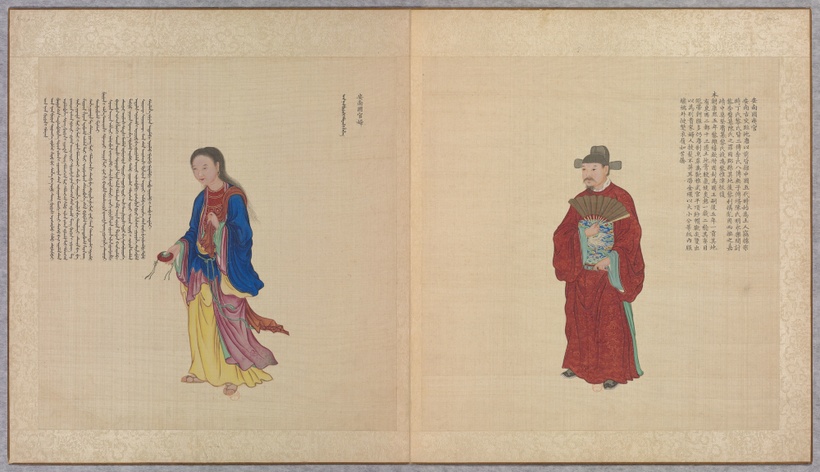


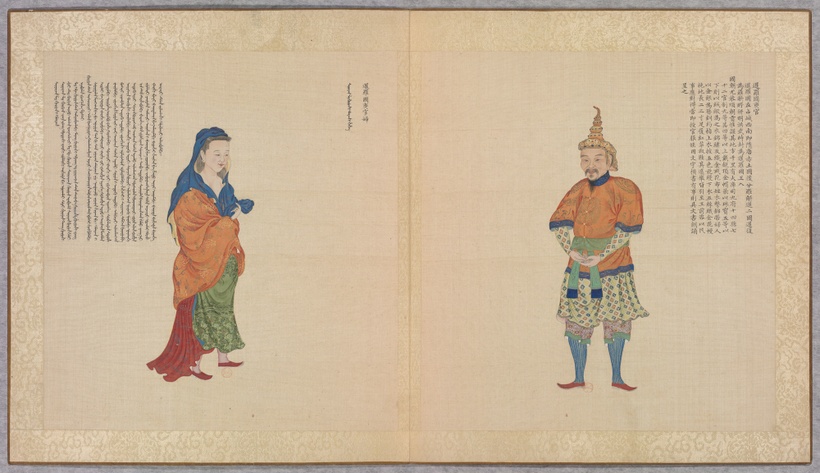
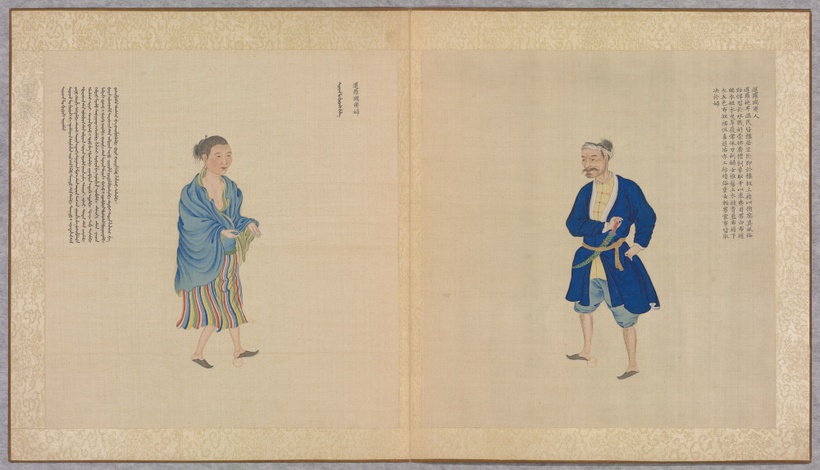
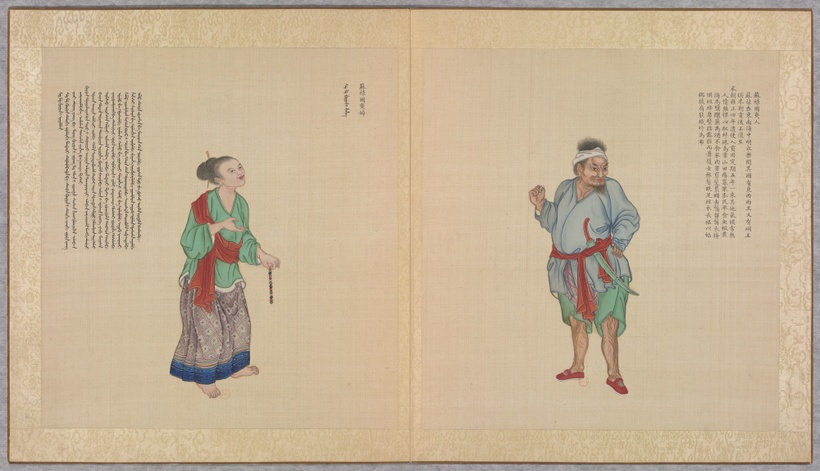




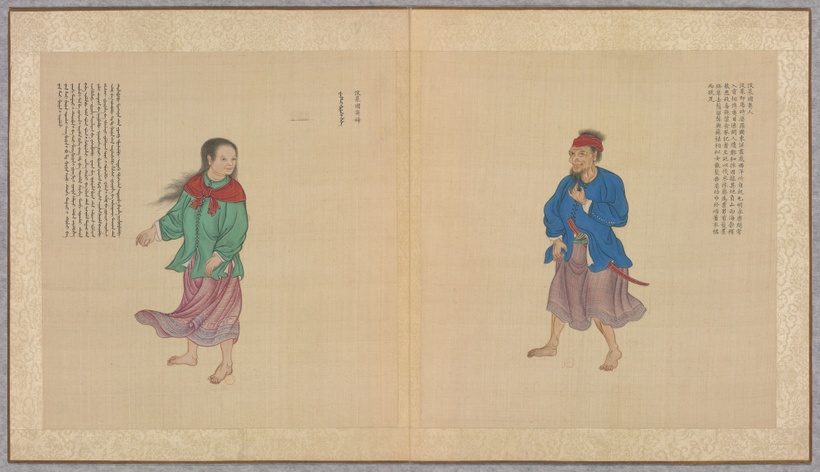
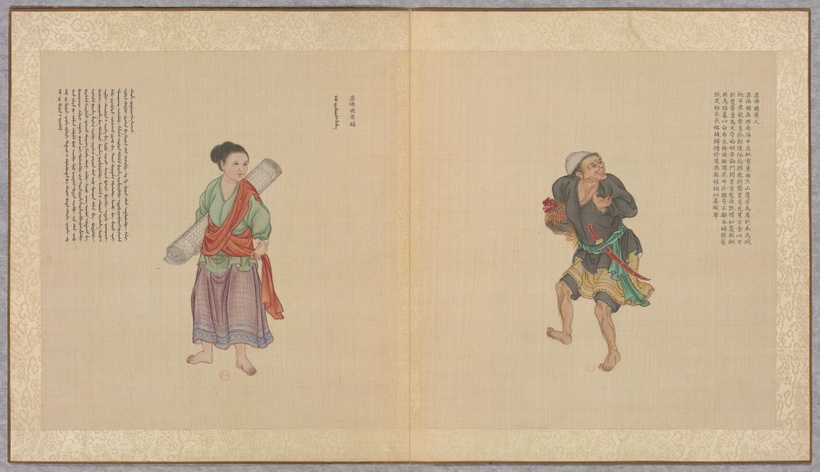
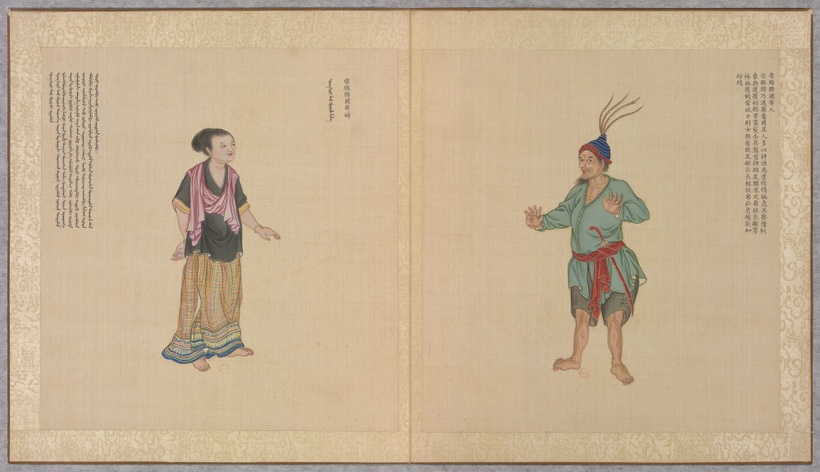


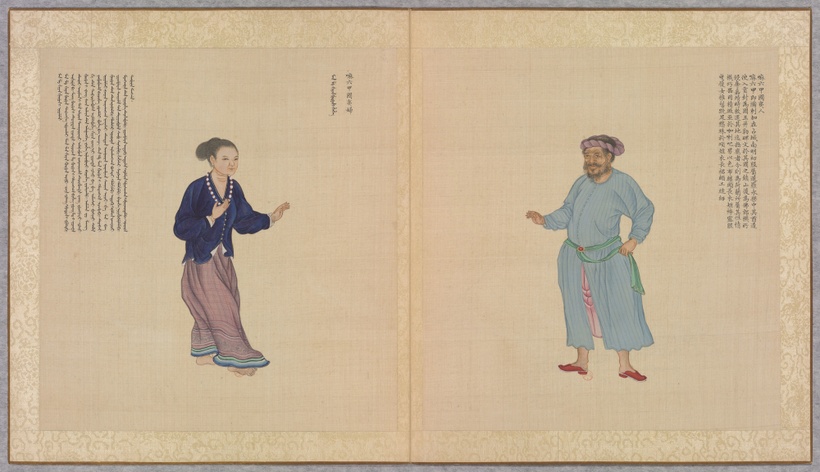

+ Historical China had often banned private trade through edicts called Haijin, polities would then trade with China through a tributary system, where you would offer up certain goods as tribute to the Emperor, and in return, similarly valued goods will bestowed back to you. This paper also describes the Ming system of Tributary-trade system. (Link)
+ Only the first book of the Zhi Gong Tu deals with foreigners, the other books depict different minority groups within Qing China itself.
+ Here is the original link for the all the books (Link) 1.76 gb or 649 mb
+ Here’s a link to smaller images of just the first book (Link) 90mb
– Would love to know who the portrait artists were and how they worked; if they were court painters that saw the tributaries themselves or did they illustrate from text and descriptions. (The costume of the Melaka female is distinctively a Kebaya but the male costume is unrecognizable, and by the time Zhi Gong Tu came out, Melaka had long been under Dutch rule)
(Special thanks to Kwai Fei for the identification help)
Text by Mun Kao. This post was originally published September 22, 2019 on the A Thousand Thousand Islands Patreon.

